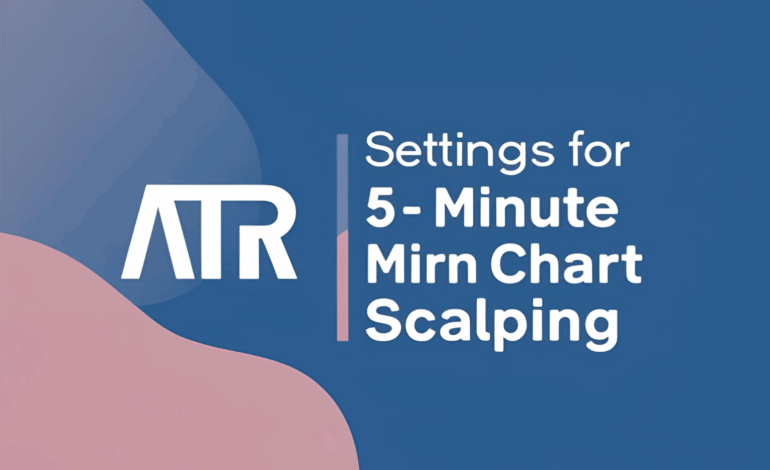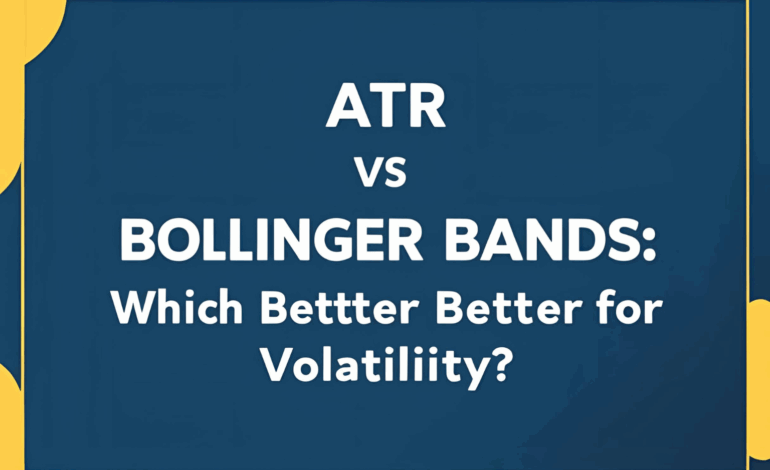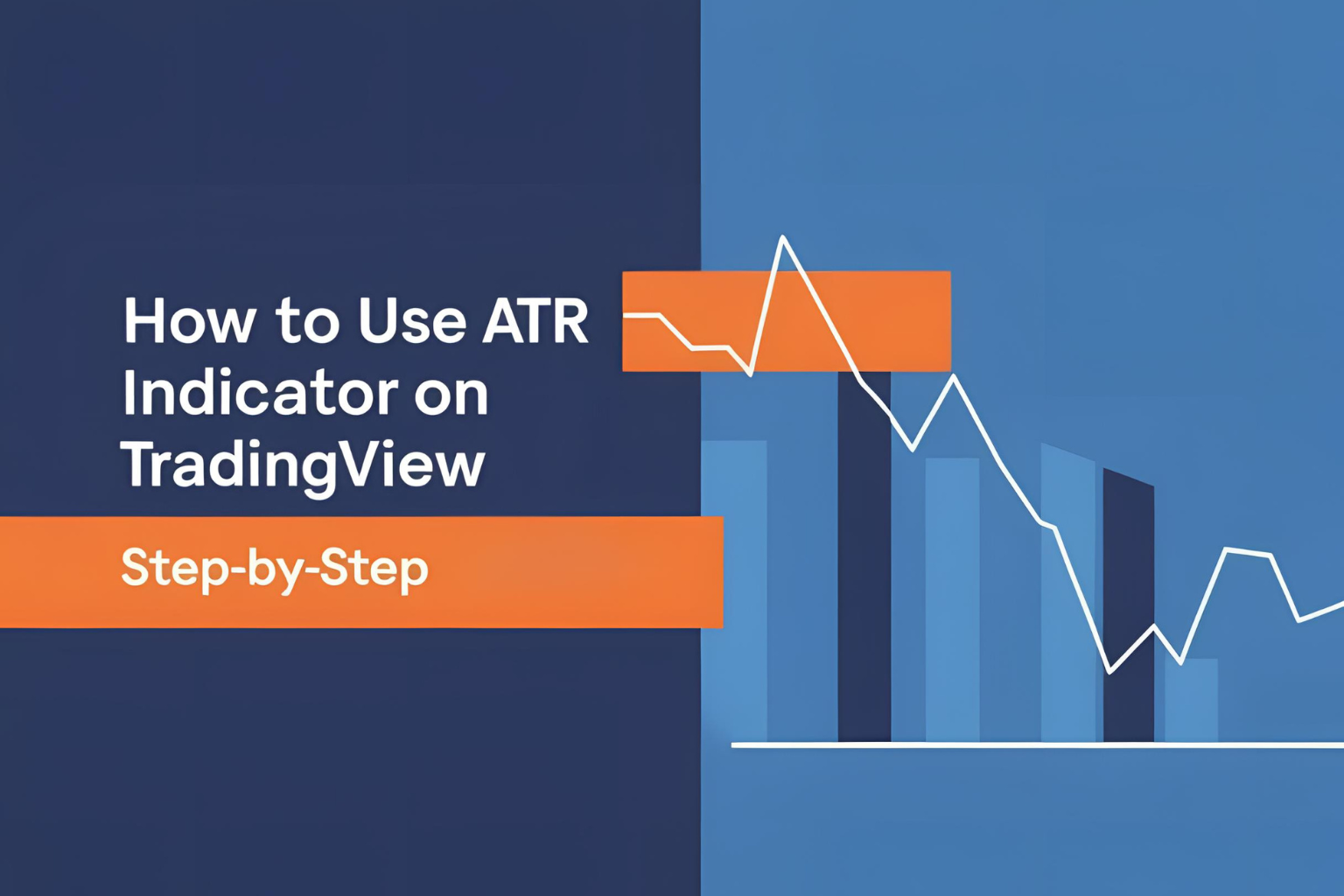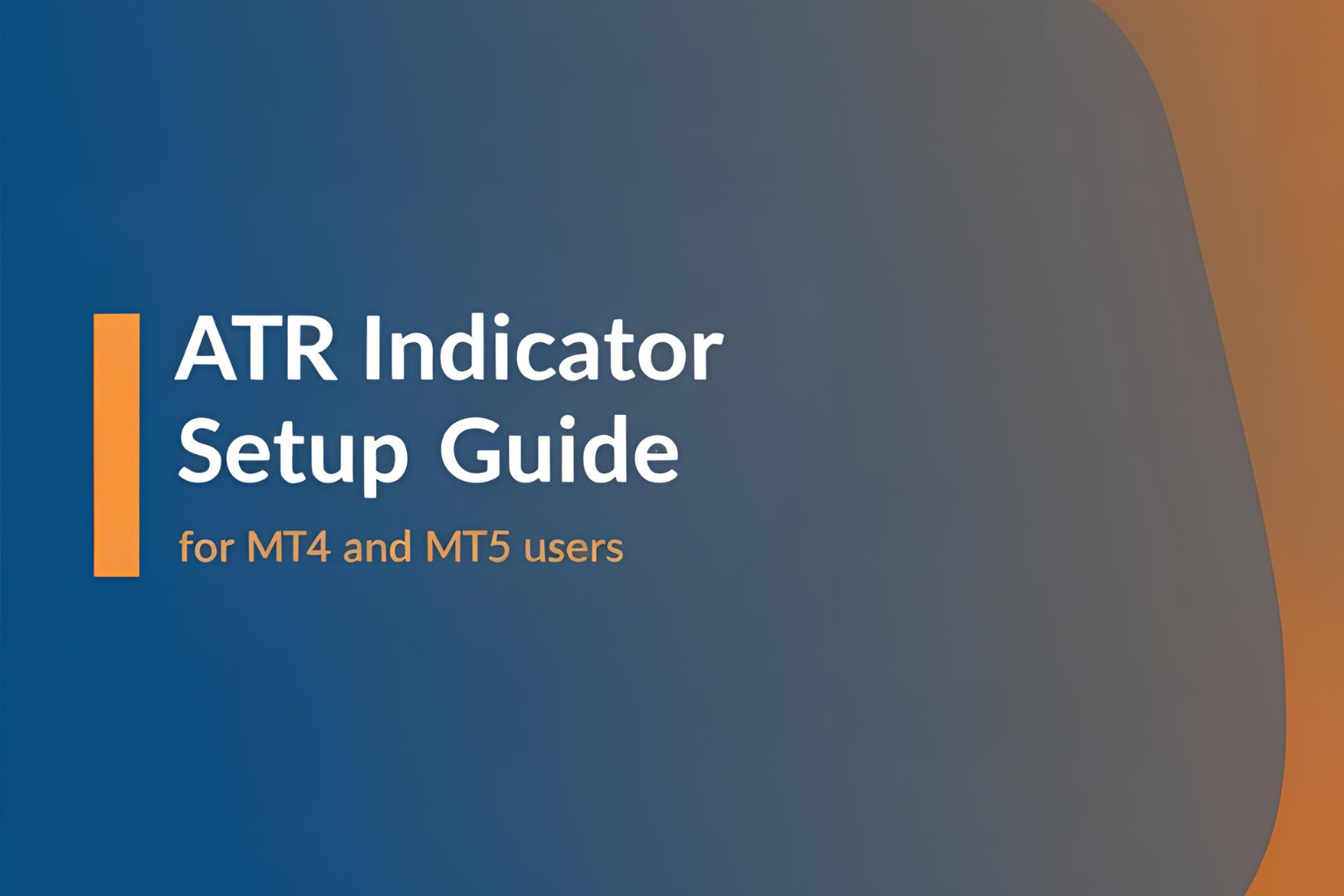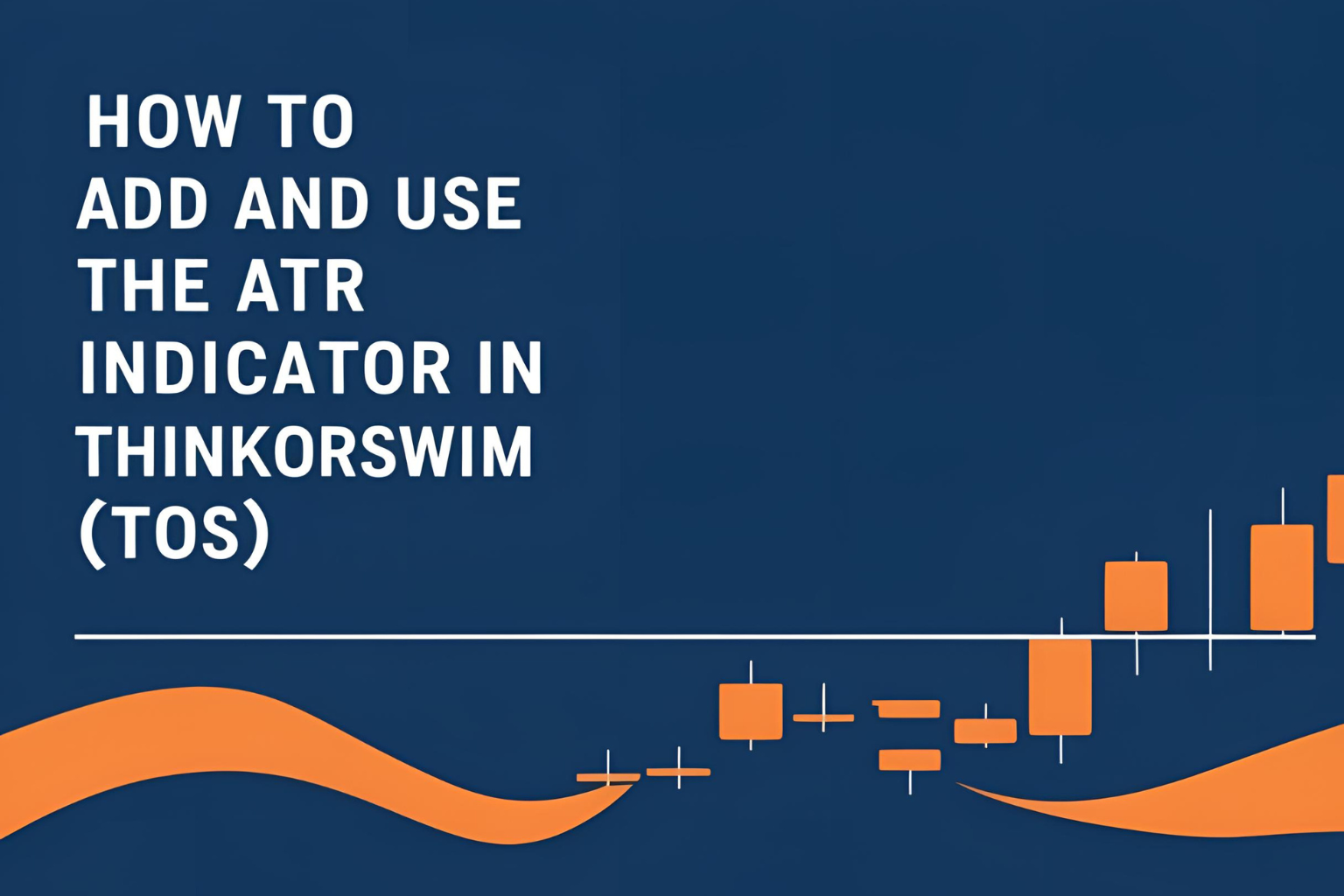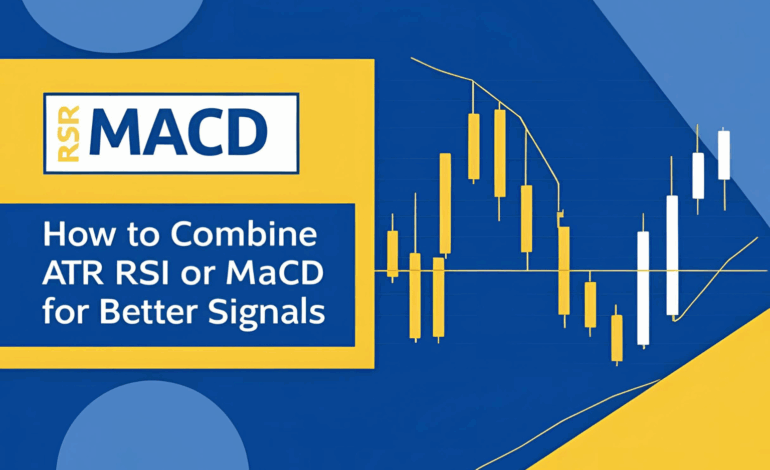
How to Combine ATR with RSI or MACD for Better Signals
The ATR indicator is excellent at measuring volatility, but it doesn’t tell you when to enter or exit a trade. That’s why smart traders often combine ATR with directional or momentum indicators like RSI or MACD.
This combination helps you:
- Time entries and exits more accurately
- Confirm the strength of a price move
- Set volatility-adjusted stop-losses and targets
Let’s break down how to use ATR + RSI and ATR + MACD in real trading setups.
Why Combine Indicators?
No indicator is perfect on its own.
- ATR = measures volatility
- RSI = measures momentum and overbought/oversold conditions
- MACD = shows trend direction and potential reversals
Using them together provides a more complete picture of the market.
✅ Strategy 1: ATR + RSI
How It Works:
- Use RSI (Relative Strength Index) to identify potential reversal zones
- Use ATR to confirm whether there’s enough volatility for a strong move
Setup:
- RSI setting: 14
- Look for RSI < 30 (oversold) or > 70 (overbought)
- ATR should be rising or above average to confirm breakout potential
Example:
- RSI shows oversold on the 15-minute chart
- ATR is rising from its base
- Go long with a 1.5× ATR stop and 2× ATR target
Benefit: Filters out weak RSI signals in low-volatility markets
✅ Strategy 2: ATR + MACD
How It Works:
- Use MACD crossover or divergence to identify entry points
- Confirm with ATR that the move has enough volatility to follow through
Setup:
- MACD default: (12, 26, 9)
- Entry signal: MACD line crosses signal line
- ATR must be increasing at the time of the crossover
Example:
- MACD bullish crossover on the 1-hour chart
- ATR is above its 10-bar average
- Enter trade with ATR-based stop-loss and take-profit
Benefit: Avoids false MACD signals during choppy, low-ATR conditions
Combining All Three (Advanced)
You can use RSI + MACD + ATR together:
- MACD gives the trend direction
- RSI gives entry confirmation
- ATR manages risk and validates market momentum
Tips for Success
- Avoid trades when ATR is falling—this often means sideways markets
- Always align your ATR-based stops and targets with risk/reward ratios
- Use multi-timeframe analysis: Confirm signals on higher timeframes with ATR
- Backtest any ATR + RSI or ATR + MACD combo before using it live
Conclusion
Combining the ATR indicator with RSI or MACD gives you a strategic edge. ATR adds a volatility filter to directional signals, making your trades more selective and better managed. Whether you trade intraday or swing setups, this combination can help you avoid noise and focus on higher-quality opportunities.
✅ FAQs
1. Why use ATR with RSI or MACD?
It helps confirm whether market conditions support strong price movement and filters weak signals.
2. What’s the best ATR setting for this combo?
ATR 10 to 14 works well with both RSI and MACD on most timeframes.
3. Should I enter a trade if RSI or MACD signals but ATR is flat?
No. Flat ATR indicates low volatility and increases the chance of failed breakouts.
4. Can I use this strategy for forex and stocks?
Yes, this combination works well across all markets including crypto and indices.
5. How do I backtest these strategies?
Use TradingView, MetaTrader, or NinjaTrader’s strategy testing tools to evaluate your setup.

